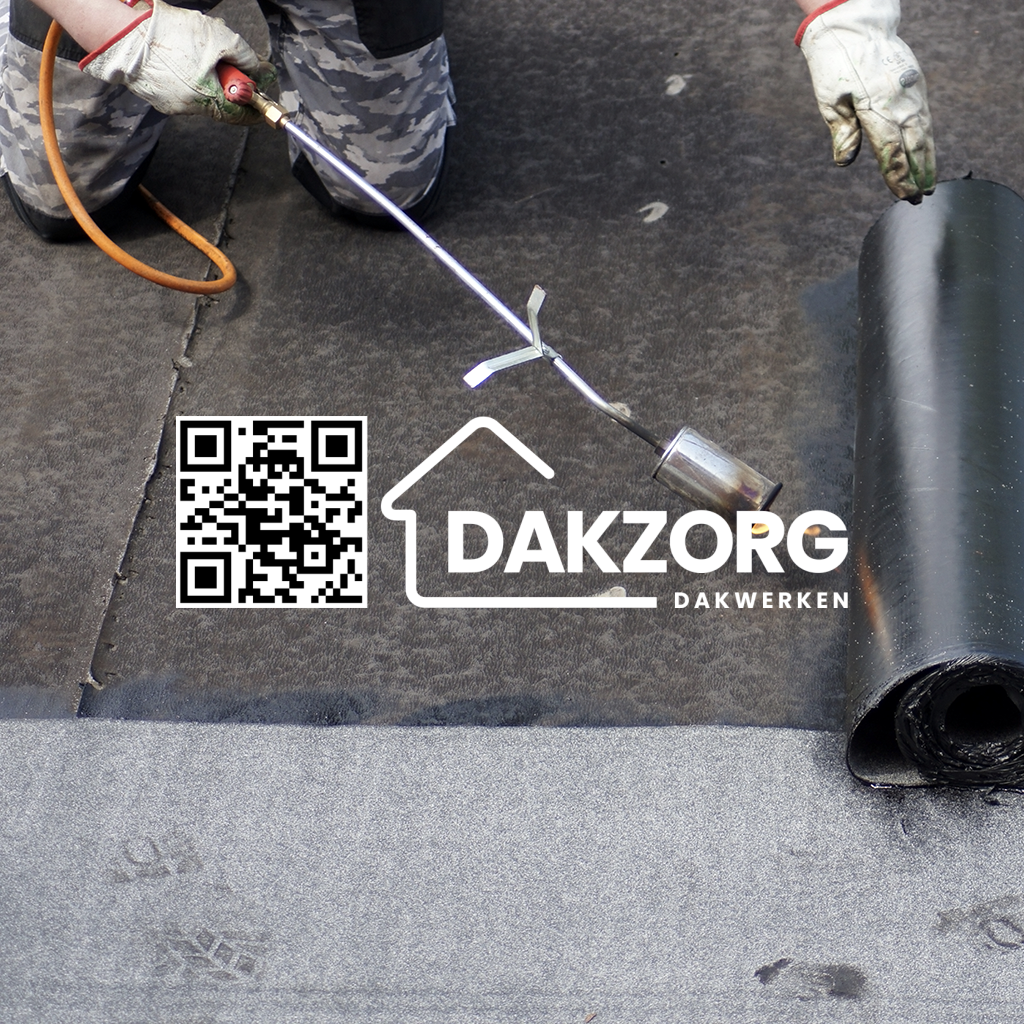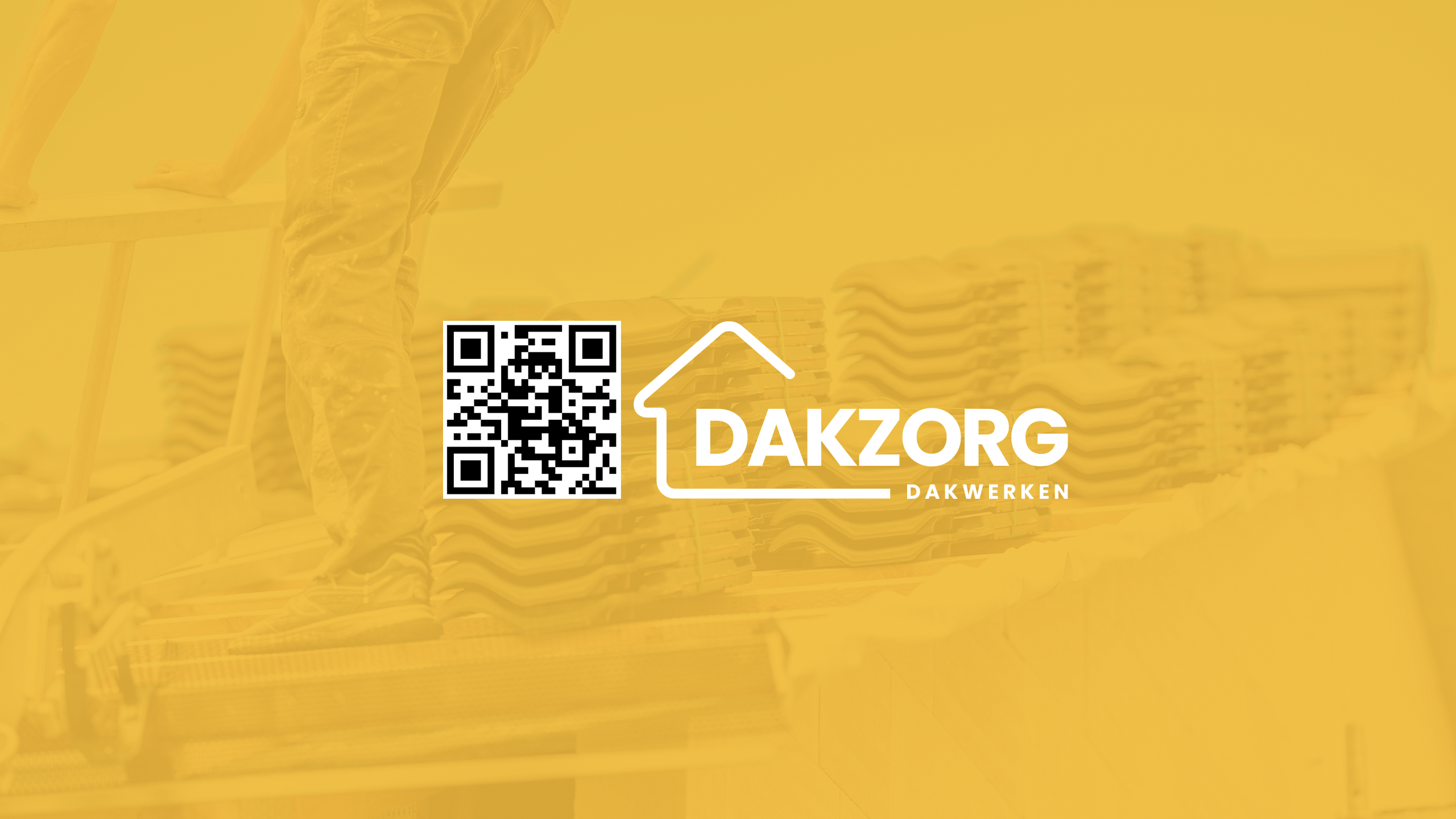Introduction: The Importance of Safety in High-Rise Construction
When it comes to construction and maintenance, working on high-rise buildings presents unique challenges and risks. The heights involved can lead to severe accidents if proper safety measures aren’t taken. For anyone involved in the construction industry—whether you’re a contractor, a worker, or a safety officer—understanding how to create a safe environment when working on high-rise buildings’ roofs is crucial for maintaining not just compliance with regulations, but also the well-being of all personnel.
This article will explore various aspects of safety when engaging with high-rise structures, including best practices, regulatory requirements, equipment needs, and training protocols. Let’s dive into the essentials of ensuring a secure working environment atop those towering edifices.

Understanding High-Rise Roof Work: What You Need to Know
Defining High-Rise Buildings
High-rise buildings are typically defined as structures that exceed six stories. However, this definition can vary based on local building codes and industry standards. Regardless of their height, these buildings share common characteristics that necessitate specific safety measures.
Risks Associated with High-Rise Roof Work
Working on rooftops involves several risks:
- Fall Hazards: The most significant risk is falling from heights. Weather Conditions: Wind, rain, and snow can complicate tasks significantly. Equipment Failure: Lifting mechanisms or scaffolds can fail if not maintained properly. Electrical Hazards: Proximity to electrical lines increases risks. Material Handling Risks: Heavy materials can cause injuries if mishandled.
The Role of Safety Regulations in High-Rise Work
Regulatory bodies like OSHA (Occupational Safety and Health Administration) set forth guidelines aimed at protecting workers. Understanding these regulations is vital for compliance and safety.
Creating a Safe Environment When Working on High-Rise Buildings’ Roofs
1. Conducting Risk Assessments Before Work Begins
Before beginning any project on a high-rise building's roof, conducting thorough risk assessments is crucial. This involves identifying potential hazards and evaluating the level of risk they pose.
Benefits of Risk Assessments
- Helps in understanding site-specific conditions. Enables the creation of bespoke safety plans tailored to particular projects. Encourages proactive measures rather than reactive solutions.
2. Implementing Fall Protection Systems
Fall protection systems are non-negotiable when it comes to working at height. According to OSHA guidelines, these systems must be put in place before any work begins.
Types of Fall Protection Systems
- Guardrails: Prevent falls by creating physical barriers. Safety Nets: Catch workers who may slip. Personal Fall Arrest Systems (PFAS): Harnesses connected to lifelines or anchors designed to stop falls before impact occurs.
3. Training Workers for Safety Awareness
Educating workers about safety protocols is essential for reducing accidents. Regular training sessions should cover:
Key Training Topics
- Proper use of personal protective equipment (PPE). Emergency evacuation procedures. How to recognize hazards associated with their tasks.
4. Utilizing Appropriate Personal Protective Equipment (PPE)
Selecting the right PPE is vital for protecting workers against potential hazards encountered while working on high-rise roofs.
Essential PPE Items
- Hard hats Non-slip footwear Gloves Eye protection High visibility vests
5. Establishing Clear Communication Protocols
Communication is paramount when multiple teams are Additional info working simultaneously at great heights. Establishing clear communication channels ensures everyone is aware of ongoing activities and potential dangers.
Communication Tools
- Two-way radios Signage indicating hazards Daily briefings
6. Developing Emergency Response Plans
No one likes to think about emergencies, but being prepared can save lives. An effective emergency response plan should address various scenarios such as falls, fires, or medical emergencies.
Components of an Effective Emergency Plan
Identify emergency contacts. Define evacuation routes. Create first-aid stations equipped with necessary supplies.7. Maintaining Equipment Regularly
Regular inspections and maintenance of equipment used in high-rise work are essential for preventing accidents related to malfunctions or failures.
Maintenance Checklist
| Equipment Type | Maintenance Frequency | Checks | |----------------|-----------------------|--------| | Cranes | Daily | Load limits, mechanical parts | | Scaffolding | Weekly | Structural integrity | | Lifting Gear | After each use | Wear and tear |
8. Weather Considerations: Planning Around Nature’s Challenges
Weather can drastically affect safety conditions when working on rooftops; understanding how to prepare for various weather scenarios is key.
9. Wind Conditions: A Major Concern
Working during windy conditions poses additional risks that need addressing through careful planning and design considerations regarding lifting operations or material placements.
10. Rainfall: Slippery Surfaces Ahead!
Rain creates slippery surfaces that increase fall risk dramatically; therefore having anti-slip measures such as mats or coatings may be prudent when forecasted rain threatens work schedules.

11. Snow Accumulation: Clearing the Way Responsibly
When snow accumulates atop roofs it adds weight stress while increasing fall hazards; establishing snow removal protocols assures both structural integrity & worker safety alike!
12: Material Handling Strategies That Prioritize Worker Safety
Improper material handling leads not only towards injuries but also damages resources! Thus employing effective strategies minimizes risks considerably!
13: Using Lifts Correctly: A Must-Know for All Workers
Lifts provide essential access but come with their own set rules; understanding these ensures maximum efficiency without compromising team members’ welfare!
FAQs Section
1) What are the main risks associated with working at heights?
The primary risks include falling from heights, equipment failure, weather-related dangers like strong winds or rain impacting stability while performing tasks such as roof repairs/installations etc., plus improper material handling leading towards injuries too!
2) How often should fall protection systems be inspected?
Fall protection systems must undergo regular inspections before each job starts along with yearly comprehensive evaluations performed by qualified personnel ensuring they meet current standards set forth nationally/locality depending upon where job site resides geographically speaking!
3) What type of PPE is necessary for rooftop work?
Essential personal protective equipment includes hard hats (to protect against head injuries), gloves (for grip/support), eye protection from dust/debris exposure whilst also wearing non-slip shoes helping maintain traction when navigating uneven surfaces found up there amongst other things too like vests enabling visibility amongst coworkers during busy hours ahead!

4) Are weather conditions considered part of safety planning?
Absolutely! Weather factors significantly affect operational efficiency & employee wellness—this makes understanding forecasts ahead vital so adjustments can occur accordingly based upon prevailing elements impacting job schedules regularly throughout seasons especially winter months where ice/snow accumulation becomes prevalent risking both personal injury along structural damage too potentially occurring if left unaddressed long-term!
5) Is training mandatory for all workers?
Yes! Comprehensive training covering safe work practices & emergency procedures relevant specifically targeting high-rise environments ensures every individual understands their responsibilities helping cultivate safer atmospheres overall which ultimately contributes positively towards productivity gains across board members involved within teams assembled around such projects generally speaking!
6) What should I include in an emergency response plan?
An effective plan consists primarily identifying emergency contacts clearly defining evacuation routes outlining first-aid station locations equipping necessary supplies providing instructions detailing how different types situations would require varying responses ensuring everyone knows exactly what steps take next no matter circumstance arising unexpectedly outside normal parameters encountered daily basis wise otherwise!
Conclusion: Prioritizing Safety Above All Else
Creating a safe environment when working on high-rise buildings’ roofs isn’t just good practice; it’s essential for protecting workers' lives and promoting operational efficiency within companies involved within construction sectors everywhere globally speaking! By implementing comprehensive safety protocols encompassing risk assessments utilizing appropriate tools & technologies maintaining open lines communication fostering teamwork built around trust respect—it becomes possible transform potentially hazardous situations into successful outcomes worth celebrating together down line eventually yielding positive results long-term deservedly so indeed!